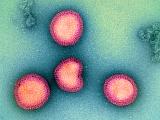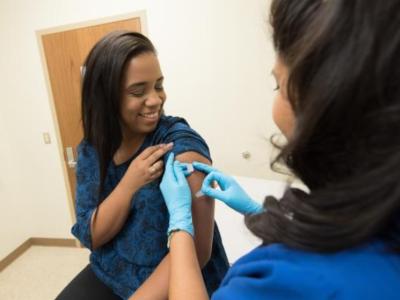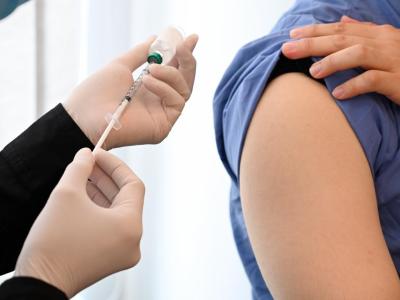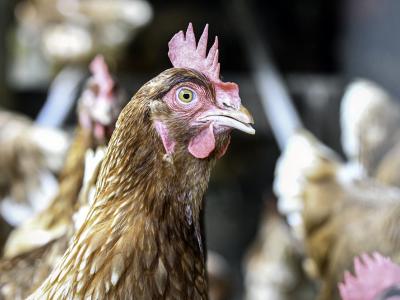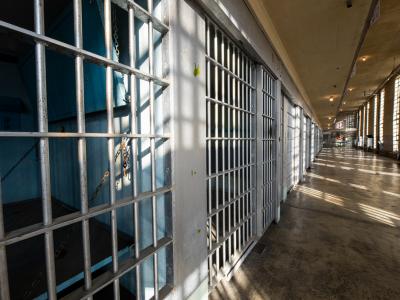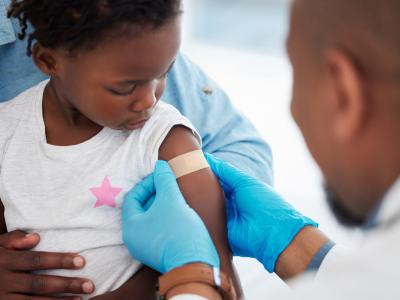Jan 20, 2012
Northern Hemisphere flu activity slowly rising
Flu activity is increasing in some temperate Northern Hemisphere countries, though overall activity is still low, the World Health Organization (WHO) said today. Canada, parts of Europe, northern Africa, China, and Iran are among the areas seeing notable local increases, it said. The only tropical hot spots are southern China and Costa Rica. Southern Hemisphere countries are reporting inter-seasonal flu levels, with Chile, Paraguay, and Australia reporting persistent low-level H3N2 circulation. Globally, H3N2 is the most frequently detected strain, and other than in Mexico, the 2009 H1N1 is circulating at very low levels. The number of influenza B detections has been low, and testing so far shows many are the Yamagata lineage that is not included in the seasonal vaccine. So far the WHO hasn't seen an increase in oseltamivir (Tamiflu) resistance compared with previous seasons.
Jan 20 WHO global flu update
Meanwhile, in the United States, flu activity remained low last week but levels are expected to increase in January and peak in February or March, the US Centers for Disease Control and Prevention (CDC) said today. Most flu markers are still below baseline, including doctor's visits for flulike illness. The percentage of respiratory specimens testing positive for flu increased slightly, from 3.4% to 3.7%. Deaths from flu and pneumonia also increased slightly and are at expected levels, the CDC said. Only one state, Colorado, reported regional geographic spread.
Jan 20 CDC weekly flu update
In the European Union, the flu pace is picking up, with 10 countries reporting increasing flu activity, compared with five the previous week, according to a report today from the European Centre for Disease Prevention and Control (ECDC). The percentage of respiratory specimens testing positive for flu has been rising since December. So far H3N2 is the dominant strain, and no signs of antiviral resistance have been detected.
Jan 20 ECDC weekly flu update
Study: Risk of second GBS episode low after vaccination
The risk of recurrent Guillain-Barre syndrome (GBS) in patients who have had an episode of the condition is very low, according to a study published yesterday in Clinical Infectious Diseases. US researchers analyzed data from 550 cases of GBS that were verified by a neurologist from 1995 into 2006 in northern California. Following the GBS diagnosis, 279 of the patients received 989 vaccine doses, including 405 doses of trivalent inactivated influenza vaccine (TIV) administered to 107 of them. Among the 550 patients, 18 initially had onset of GBS within 6 weeks of TIV. Of these, two were revaccinated with TIV and had no GBS recurrence. Six of the 550 patients (1.1%) had GBS again. Among these, none had any vaccine exposure 2 months before their recurrent episode. The authors conclude, "In our population of over 3 million members [in the Kaiser Permanente Northern California network], during an 11-year period, risk of GBS recurrence was low. There were no cases of recurrent GBS after influenza vaccination and none within 6 weeks after any vaccine."
Jan 19 Clin Infect Dis abstract






